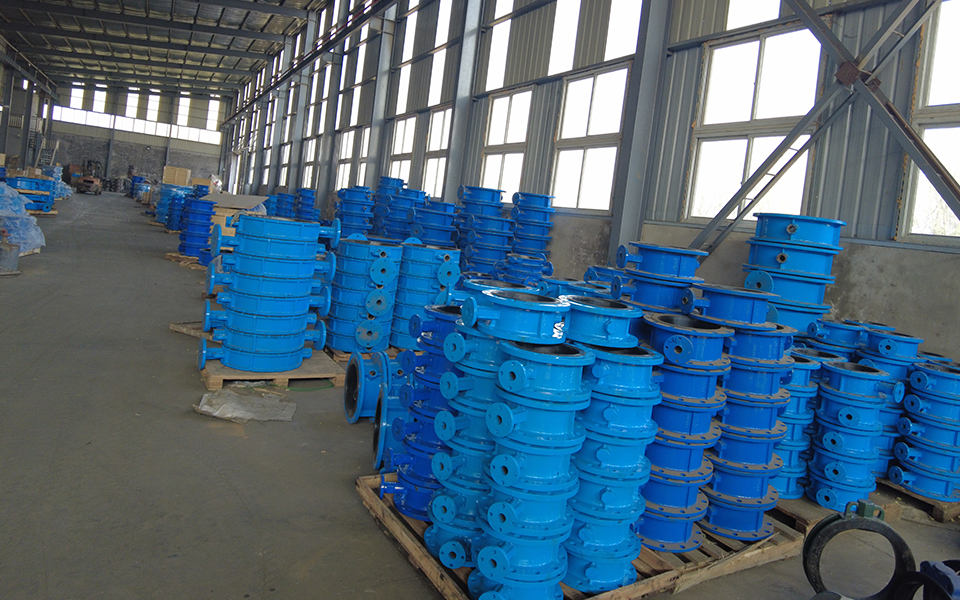INDUSTRY NEWS
On ventilation butterfly valve, resilient butterfly valve,mental seat butterfly valve selection and use
We often see the use of a valve in environmental engineering equipment to control the flow of media, this is the butterfly valve. Butterfly valve, also known as flap valve, is a simple structure regulating valve, can be used to control the flow of various gases and liquids. According to different classification methods, butterfly valves can be divided into more than ten types.
Today will be ventilated butterfly valve, soft seal butterfly valve, hard seal butterfly valve these three types of classification and comparison, so that the majority of users choose and distinguish.
Ventilated butterfly valve
As the name suggests, the air through the valve of the gas medium. Form structure is simple, easy to operate, can be customized according to user needs, usually in the form of round and square.
Its characteristics:
1. The ventilation butterfly valve has the advantages of low cost, simple technology, small torque and small actuator size.
2. The temperature is basically not limited, the selection of different materials, the use of temperature can be at room temperature (< 100℃), high temperature (200℃+-) ultra-high temperature (500℃+-);
3. Long service life, ventilation butterfly valve structure is simple, easy to maintain;
4. There is a certain leakage rate, and the baffle ring is added on the inner wall of the valve body, so that the valve plate and the baffle ring are closely fitted to reduce leakage under the closed state of the valve, and the leakage can be controlled at about 1%; For the waste gas treatment project is within the control range;
Based on these characteristics, the ventilated butterfly valve is widely recognized and has a high market share. Such valves are widely used in waste gas treatment projects such as adsorption and desorption and catalytic combustion. However, for engineering equipment containing toxic gas in the medium, it is necessary to choose carefully.
Resilient butterfly valve
The sealing surface chooses rubber fluorine rubber and other soft materials. When the valve is closed, the valve plate (metal material) and the sealing rubber (non-metal material) in the valve body are fully fitted to meet the requirements of zero leakage.
Its characteristics:
1. Widely used, can be used in water treatment projects waste gas treatment projects;
2. In terms of temperature, due to the influence of the temperature resistance of the sealing material, the medium is used more in the project at normal temperature. The common sealing material is recommended to use temperature rubber (< 100℃), fluorine gum (< 150℃);
3. Due to the influence of temperature and use time, the sealing material will slowly wear and age, so it is necessary to test and maintain the equipment regularly;
For projects requiring zero leakage, such as water treatment projects, this type of butterfly valve is a good choice, of course, choose to use but also meet many other requirements.
Mental seat butterfly valve
Using metal sealing surface and other hard materials to achieve zero leakage requirements, can be used in high temperature, high pressure projects.
Its characteristics:
1. The operating temperature can meet the requirements of medium and high temperature (200℃+-);
2. High pressure, wear resistance, long service life
3. High cost, compared with ventilated butterfly valve, soft seal butterfly valve, its cost is relatively high, the configuration of the actuator requires a large model, resulting in a high overall cost, if there is no special requirements, it is rarely used.
For environmental protection projects requiring zero leakage and slightly higher temperature and pressure, this kind of valve is a good choice, but cost control is unavoidable.
The above mentioned, only for reference, we need to consider more than these requirements when choosing the valve, according to the actual situation of the project, choose the right valve.

